Hello everyone, I am Teacher Xu from Yibei Education! We meet again~ Today we are continuing our “MBLEx Test Point Analysis” series – if you haven’t read our first two test point analysis, you can review them first: “Human Skeleton, Muscles and Joints” and “Human Circulatory System” .
In the “MBLEx Test Point Analysis” series, I will use a simple and interesting way to help you deeply understand the test points that often appear in the MBLEx Federal Massage Exam. Our goal is to make it easier for you to master these knowledge points so that you can pass the MBLEx Federal Massage Exam smoothly!
Today, we will focus on an important topic in the MBLEx exam – the human digestive system. Don’t worry, I will use the most concise and clear language so that everyone can absorb this knowledge in a pleasant learning atmosphere. Whether you have relevant knowledge or not, I believe you can understand and master it!
【Human Digestive System】
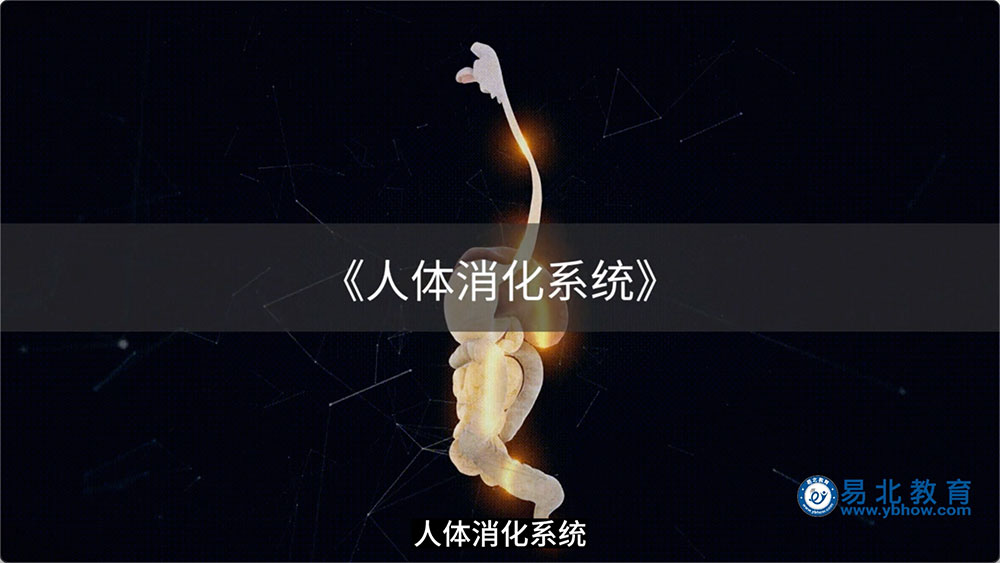
The human digestive system is a system of organs and structures responsible for processing food, extracting and absorbing nutrients from it, and eliminating waste.
The digestive system mainly consists of the following parts:
1. Mouth

Food first comes into contact with teeth and saliva in the mouth. Teeth are responsible for chewing food and increasing the surface area of food for the action of digestive enzymes. The tongue helps stir and swallow food. Saliva contains amylase, which chemically breaks down polysaccharides such as starch in food.
2. Pharynx
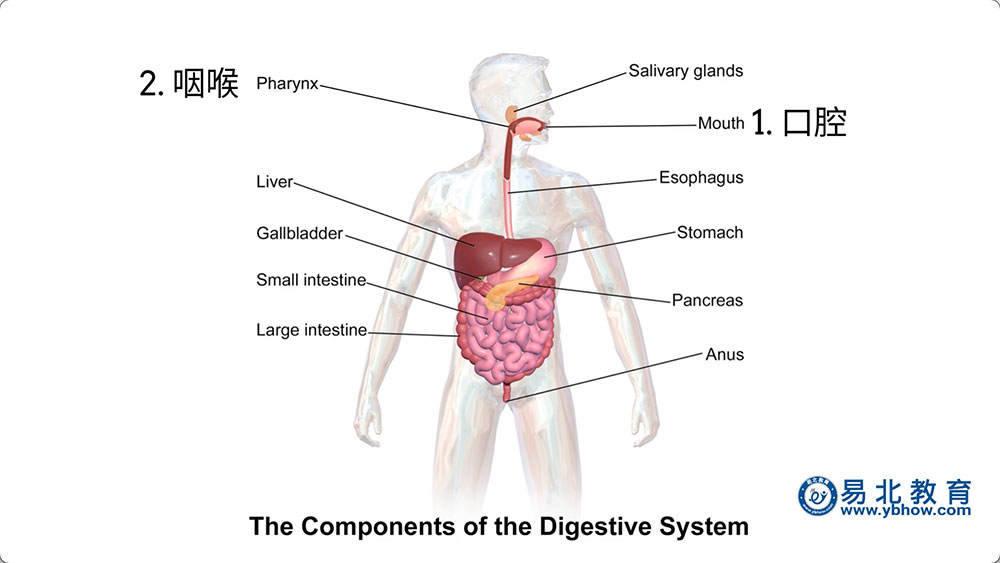
The chyme enters the pharynx under the push of the tongue. The pharynx is a traffic hub that connects the oral cavity, nasal cavity, esophagus and trachea. The swallowing reflex allows the chyme to pass smoothly through the pharynx into the esophagus instead of entering the trachea. In this process, the epiglottis plays a very important role. It closes like a valve to prevent food from entering the trachea.
3. Esophagus
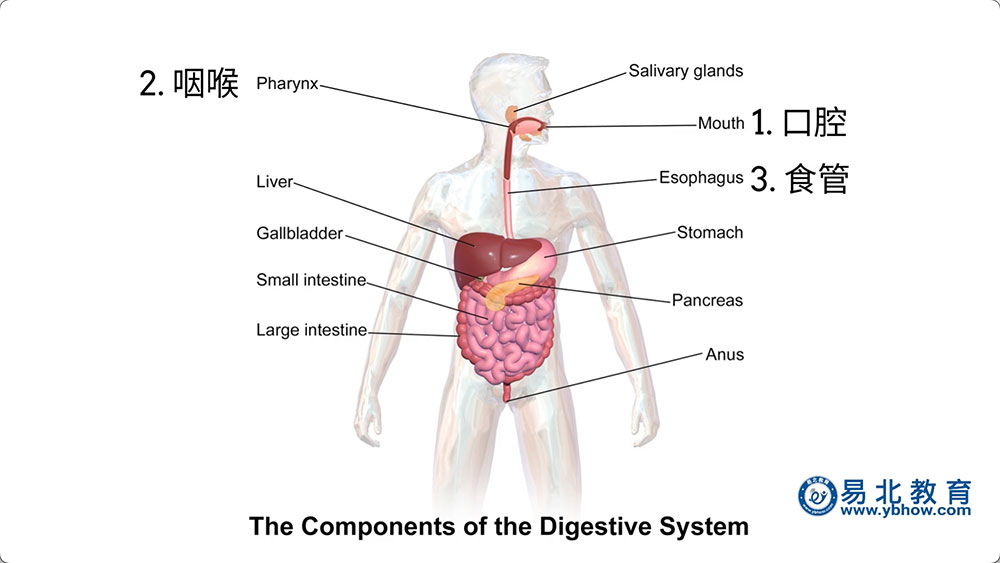
The esophagus is the tube that connects the throat to the stomach. Its main function is to push food from the throat to the stomach through rhythmic muscle contractions, a process called peristalsis.
4. Stomach
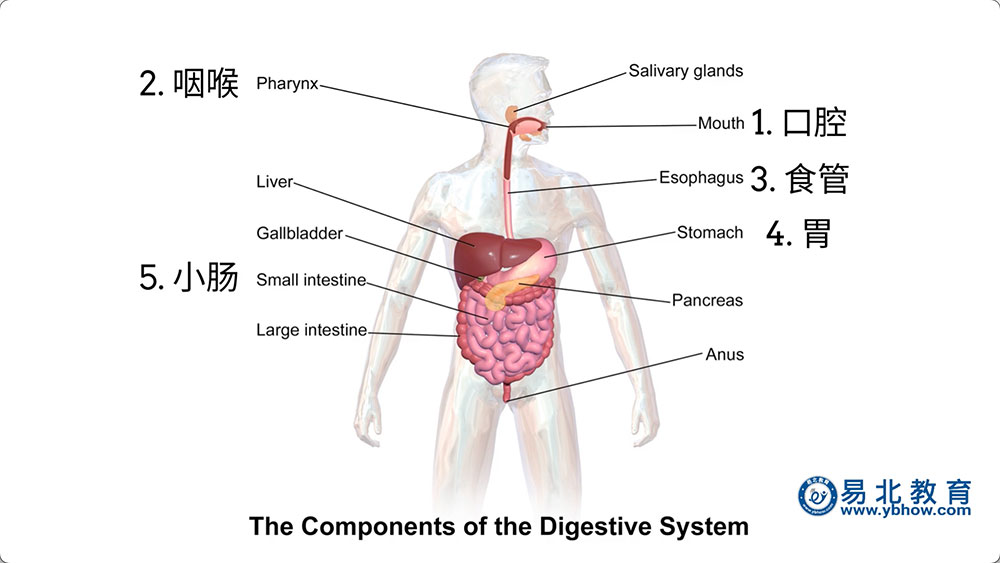
The stomach is an organ that temporarily stores food and begins the digestion process. The stomach wall secretes gastric acid and enzymes, such as pepsin, to begin the digestion of protein. At the same time, the stomach mixes and grinds the chyme into a semi-fluid mixture called gastric chyme through periodic contractions and relaxations.
5. Small Intestine

Gastric chyme passes from the stomach into the small intestine, which is the main site of nutrient absorption in the human body.

The small intestine is divided into three parts: the duodenum, jejunum, and ileum. In the small intestine, food is further broken down and nutrients are absorbed. Pancreatic enzymes and liver bile play a key role here, helping to break down fats, proteins, and carbohydrates.
6. Large Intestine
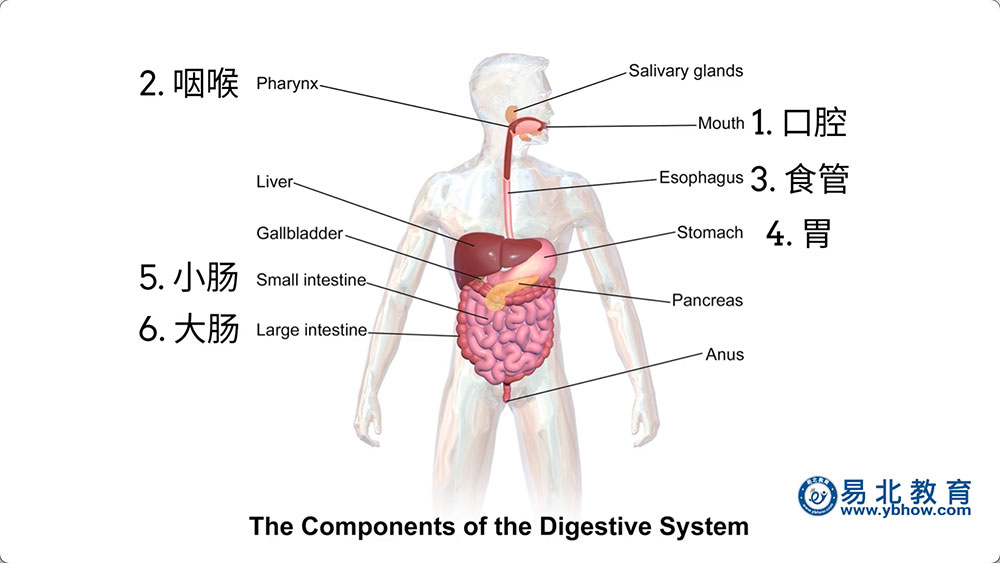
The food residue that is not absorbed by the small intestine passes into the large intestine. The main function of the large intestine is to absorb the remaining water and electrolytes, while the microbial flora in the large intestine also breaks down some substances and produces some nutrients that are beneficial to the human body, such as vitamin K and certain B vitamins. The large intestine is also responsible for converting waste (undigested and unabsorbed food residue) into a solid form of feces.
7. Rectum

The last part of the large intestine is called the rectum, which is where stool is stored until it is excreted through the anus.
Other important auxiliary digestive organs:
1. Liver
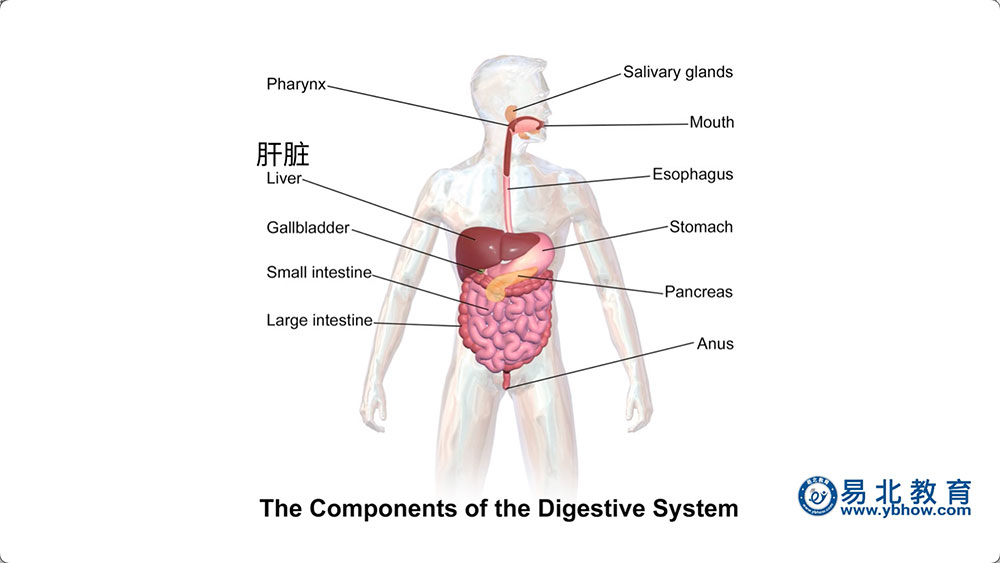
The liver is the largest internal organ in the body. It is responsible for producing bile to help digest fat. In addition, the liver also has many functions such as removing toxins from the body, storing various nutrients, and producing blood proteins.
2. Gallbladder

The main function of the gallbladder is to store and concentrate bile. When food enters the small intestine, the gallbladder contracts and releases bile.
3. Pancreas
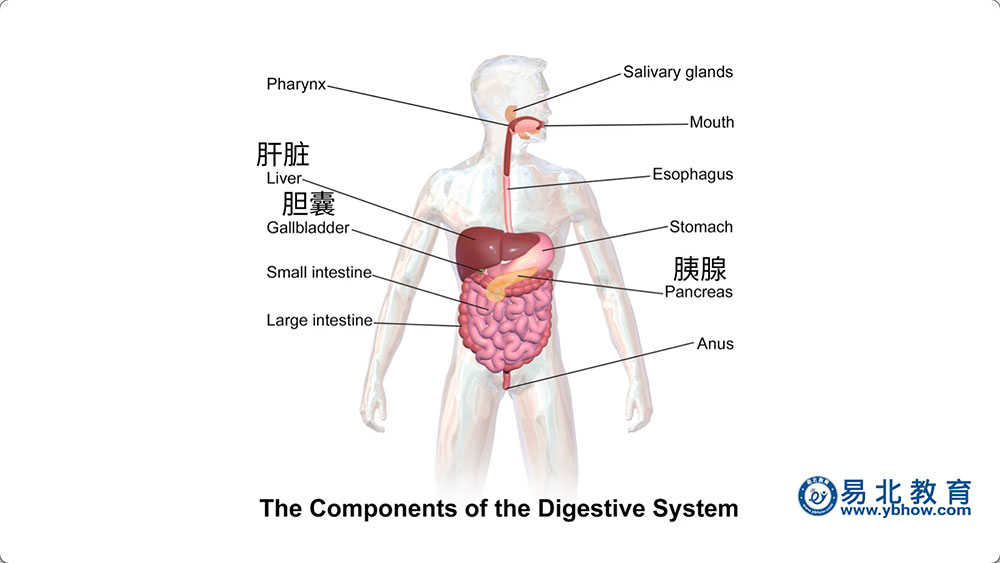
The pancreas is an important digestive gland that secretes pancreatic juice containing a variety of digestive enzymes that help break down proteins, fats, and carbohydrates.
From this we can see that the digestive system is a very complex system, and each part plays a key role in completing important tasks such as food digestion, absorption and excretion. Let’s take a look at the topic:
【MBLEx real exam analysis】
Which of the following systems breaks down food, absorbs nutrients, and eliminates waste?
breaks down
absorbs
eliminates
Which of the following systems breaks down food, absorbs nutrients, and removes waste?
A. lymphatic system
B. circulatory system
C. digestive system
D. endocrine system
The correct answer is C. digestive system
The lymphatic system flows lymphatic fluid, which helps the immune system remove pathogens and waste, and transports fluid and fat.
The circulatory system is the blood that flows, transporting substances such as oxygen, nutrients, and hormones to various parts of the body, and sending carbon dioxide and waste to the excretory system.
The endocrine system regulates various body functions such as metabolism, growth, development, sleep and mood by secreting hormones.
The main function of the digestive system is to break down food into nutrients that can be used by the body. This process includes:
- Intake of food (eating)
- Breaking down food for digestion (chewing/stomach)
- Absorption of nutrients (stomach/small intestine)
- Eliminate indigestible waste (excretion)
Remember the functions and roles of several important systems of the human body, and we can easily handle any system tested in the question!
The key words to remember for this question are:
breaks down food, absorbs nutrients, and eliminates waste
digestive system
Okay, students, let’s stop here to talk about the “Human Digestive System”!
If you still have any questions about this knowledge point, you can add Teacher Xu on WeChat ybmblex, or call us directly at (702) 892-7688. We will answer any questions you have!

If you are still worried about the MBLEx federal massage exam, why not try our online tutoring course! Register an account now and apply for a free seven-day trial! Register now
In the next video, we will continue to talk about the “respiratory system” of the eight major systems of the human body! If you prefer to watch the video version, you can follow our YouTube account! Check it out now

